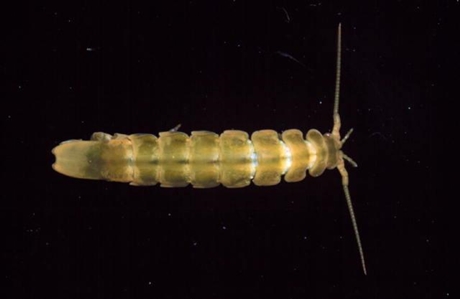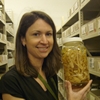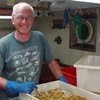General Description
Body about 5 times as long as wide. Head 1.8 times as wide as long, front slightly excavate medially. Dorsal coxal plates 5 and 6 reaching posterior margin of tergites (in oblique lateral view); dorsal coxal plate 7 acute and clearly exceeding posterior margin of tergite; pleotelson apical excavation almost as deep as wide (except in small individuals), posterolateral angles rounded. Body up to 3 cm long.
Biology
Paridotea munda is the commonest species of its genus in Victoria and South Australia and is most easily recognised by the excavate margin of the last segment (pleotelson). This species belongs to one of the few families of herbivorous isopods. It can camouflage itself according to the colour of the marine algae in which it lives.
Habitat
Intertidal algae, to depths of 22 m.
Reefs
Coastal shores
Distribution guide
Southern Australia.
Species Group
Depth
Shore (0-1 m)
Shallow (1-30 m)
Water Column
Max Size
3 cm
Diet
Herbivore
Commercial Species
No
Global Dispersal
Native to Australia
Species Code
MoV 1654
Conservation Status
- DSE Advisory List : Not listed
- EPBC Act 1999 : Not listed
- IUCN Red List : Not listed








